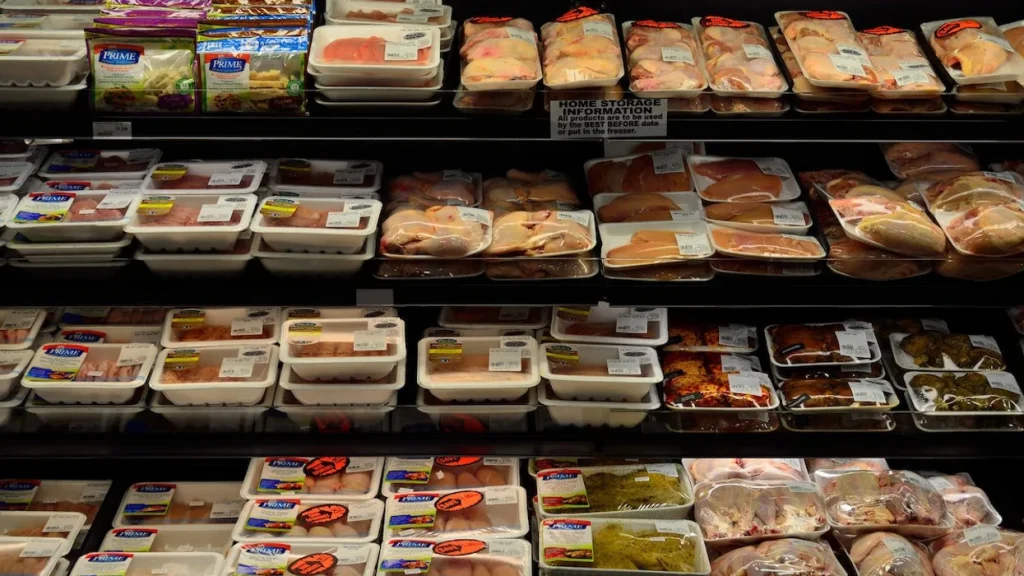A recent study has identified more than 3,600 chemicals used in food packaging or preparation that have been detected in human bodies. Some of these substances pose significant health risks, while little is known about many others, the research warns.
Approximately 100 of these chemicals are considered to be of high concern to human health, according to Birgit Geueke, the study’s lead author from the Zurich-based Food Packaging Forum Foundation. These include well-known substances such as PFAS and bisphenol A, both of which are subject to ongoing bans.
While chemicals like PFAS and bisphenol A have been previously studied and detected in the human body, the health impacts of many others remain poorly understood, Geueke told AFP. She emphasised the need for further investigation into how chemicals used in packaging make their way into food.
The researchers had previously catalogued around 14,000 food contact chemicals (FCCs), substances that can migrate into food from packaging made from materials like plastic, paper, glass, and metal. FCCs can also enter food during the production process, via machinery such as conveyer belts or kitchen utensils.
When searching existing biomonitoring databases, which track chemical presence in human samples, the team expected to find only a few hundred FCCs. However, they were surprised to discover 3,601, representing a quarter of all known FCCs.
Geueke noted that the study could not definitively confirm whether all these chemicals entered the body through food packaging, as there may be other sources of exposure.
Among the high concern chemicals identified were PFAS, often referred to as “forever chemicals”, which have been found in multiple parts of the human body and linked to various health issues. The study also detected bisphenol A, a hormone-disrupting chemical used in plastics, which has been banned in baby bottles in several countries.
Phthalates, another hormone disruptor associated with infertility, were also identified, alongside oligomers, byproducts of plastic production for which little is known about the potential health risks.
Toxicologists often say, “the dose makes the poison”, and Geueke acknowledged that the study did not examine whether any of the chemicals were present at particularly high concentrations. However, she warned of potential interactions between chemicals, citing a sample that contained up to 30 different PFAS.
Geueke advised reducing contact with packaging where possible, particularly by avoiding heating food in its packaging.
Duane Mellor, an evidence-based medicine expert at Aston University in the UK who was not involved in the study, praised the research as very thorough. However, he noted that it did not assess the levels of exposure to these chemicals and hinted that there could be other environmental sources of exposure.
Rather than causing alarm, Mellor suggested that the study should prompt people to demand better data and minimise unnecessary exposure to chemicals that could ultimately affect our health.
Some of the identified chemicals are already facing regulatory action. The European Union is in the final stages of banning the use of PFAS in food packaging, with a similar ban on bisphenol A expected by the end of the year.
The study was published in the Journal of Exposure Science and Environmental Epidemiology.

